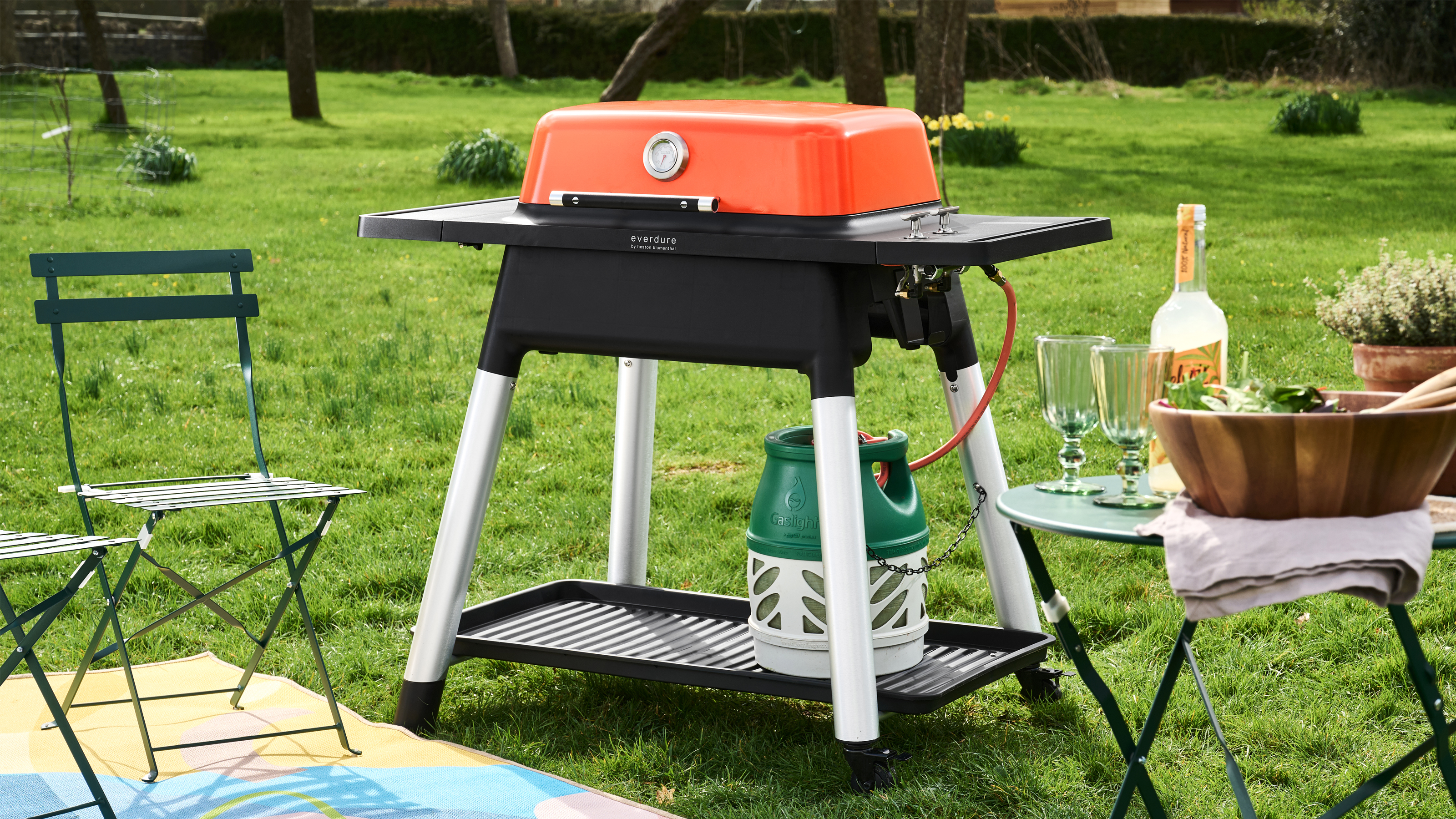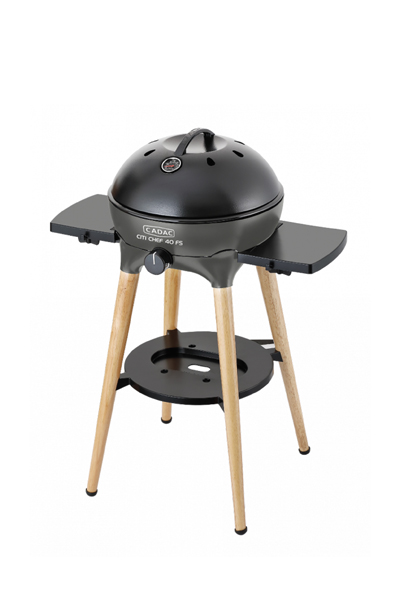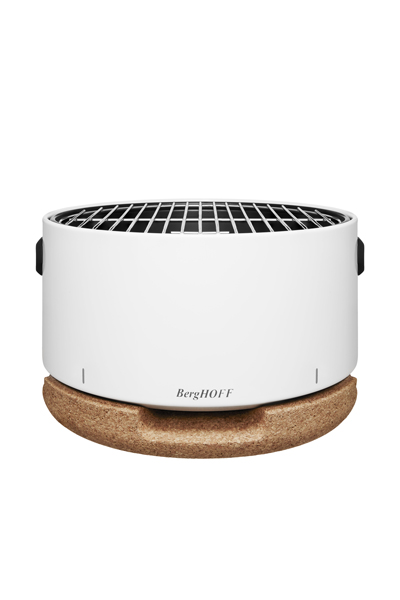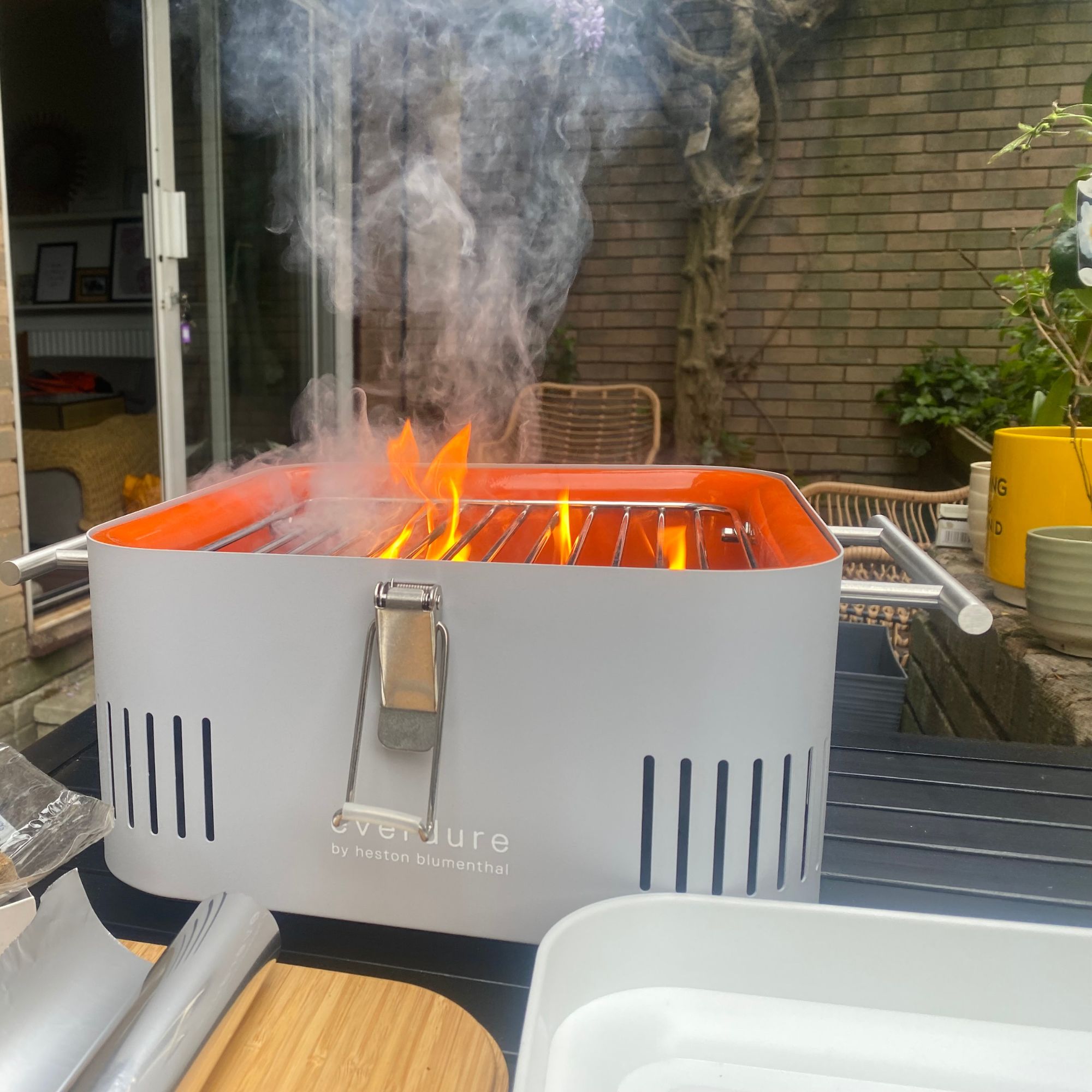Portable vs freestanding BBQs - which should you buy?
We delve into the differences and find out what each is suitable for


Choosing the best BBQ for your needs can make a huge difference to your outdoor cooking experience. Get it right and you’ll use it all summer long, get it wrong and you’ll probably avoid it and live on cold meats and salads instead.
To some people, the choice might be an obvious one, but it’s not always a simple decision. Even if you’re only planning on moving the barbecue around your back garden, one of the best portable BBQs might make more sense than a freestanding one. Or you might think you need a portable barbecue when a freestanding one on wheels could do the trick.
I’ve reviewed several freestanding and portable barbecues this spring and I’ve got plenty of thoughts to share. So before you go ahead and make your final choice, read on for my advice and pointers on the differences as well as the advantages and disadvantages of both types of BBQ.

This affordable, stylish freestanding gas BBQ is one of our standout picks for the summer months. It's easy to move around and heats up fast for outdoor gatherings.

Compact in size, but with on-trend style points by the bucket load, this BergHOFF BBQ was a total winner in our at home tests. It heats up excellently, and can go to the beach or park with no fuss.
Portable vs freestanding BBQs: Cooking height
Quite simply, a freestanding barbecue has legs, so the cooking area is at the right height for most people to stand and cook at it. And while some portable barbecues come with feet or a short stand to raise them slightly off the ground, they don’t have tall legs.

Not only does this make them perfect for easy-breezy cooking on the ground, allowing you to lol around on a picnic blanket. But, by placing a portable barbecue on a table or other surface, you get to place it at a bespoke height. This is ideal if you find the average barbecue height isn’t compatible with your own height or if you have mobility issues and need a barbecue you can sit at.
Portable vs freestanding BBQs: Gas or charcoal
Portable usually, but not always, implies that the barbecue requires charcoal, this is because lugging around a heavy gas bottle will somewhat reduce the portability factor.

You can get portable versions of the best gas barbecues but they’re designed more as a compact option for small gardens, than for taking to your favourite picnic spot. So if you’re hoping to barbecue on gas, then a freestanding barbecue is likely to be the one for you.
Sign up to our newsletter for style inspiration, real homes, project and garden advice and shopping know-how
Portable vs freestanding BBQs: On the go
If you choose a freestanding barbecue on wheels, it’ll be easy enough to move around your garden, but it’s hardly going to be a convenient size to pop in your car for a trip to the beach. Whereas a portable barbecue will usually include a lid or it’ll be designed flatten for easy transportation from place to place, whether that’s walking to a beach BBQ spot, or chucking in the car when you go camping. Some include handles and carry straps, and since they’re designed with portability in mind, they’re not too bulky or heavy to carry around.

Although if you do plan on buying a portable barbecue - always check the weight. The supposedly portable Big Green Egg Minimax might have two handles, but at 40kg, it’s tough to move around your garden, let alone take to a picnic spot. It’s a great barbecue, but arguably less portable than the brand suggests.
Portable vs freestanding BBQs: Size and design
Portable barbecues are generally smaller than their freestanding cousins and often you don’t get a choice of grill sizes like you do when shopping for a freestanding barbecue. So it’s worth thinking about what you intend to cook on it and whether the cooking grate will be large enough to accommodate your favourite barbecue foods.
On the flip side, you might find that loading a big freestanding barbecue with a bucket load of coals just to cook burgers for two people, is actually overkill. In which case a smaller portable barbecue will be a more appropriate size to meet your needs.

Some portable barbecues lack a lid that can be used during cooking. These barbecues are usually fine for cooking a few sausages or burgers on the beach, but if you’re camping or caravanning for two weeks you might want to get a bit more adventurous. Barbecues with a lid that can be used during cooking offer a lot more scope to cook bigger cuts of meat effectively. Likewise, if the weather takes a turn for the worse, there’s little you can do if you don't have any shelter or a lid to stop your coals getting soggy.
Portable vs freestanding BBQs at home
A portable barbecue isn’t just for using on the go, their compact size makes them appealing for smaller spaces too. If you usually only barbecue for a couple of people at a time and you’ve got a bijou back garden with little-to-no storage, then a portable barbecue will allow you to enjoy al fresco summer cooking with minimal hassle.

Unlike a freestanding barbecue that can clutter up a small garden, a portable barbecue can be popped away in a cupboard when you’re not using it - they’re much easier to store even when you lack outside storage. Plus they don’t demand mountains of charcoal, which is a good thing if you don’t have a shed to store all that fuel.
But for bigger gardens and for feeding a crowd of people, a portable barbecue won’t cut it. If you like to host barbecues for your friends at home, then this ones a no-brainer - you’ll need a decent sized freestanding barbecue.

After completing a Home Economics degree, Helen went on to work for the Good Housekeeping Institute and has been reviewing home appliances ever since. She lives in a small village in Buckinghamshire in the UK, where she reviews all sorts of home and garden appliances for Ideal Home using her wealth of experience.